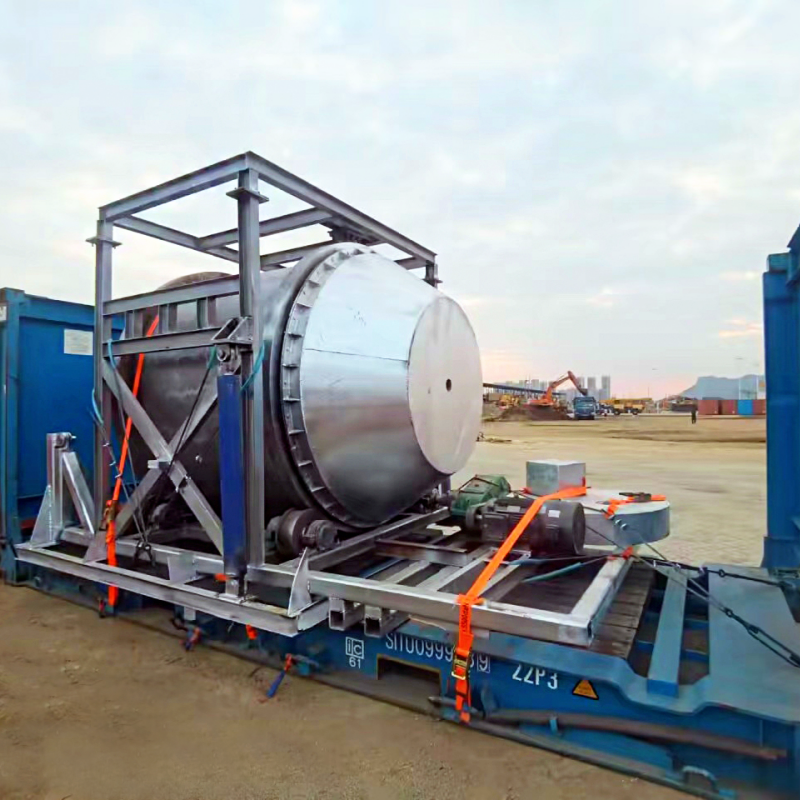NEWS&EVENTS
Home > News&Events > Company news > The key role of adding flux in tin ore smelting in rotary furnace
Rotary furnace smelting is a core process in tin pyrometallurgy. However, direct smelting of tin concentrates is difficult to efficiently obtain pure metallic tin. This is because the ore contains large amounts of gangue impurities, primarily SiO₂, FeO, and Al₂O₃. These impurities raise the melting point of the material, forming a viscous and difficult-to-handle slag. This makes separation of the molten tin from the slag difficult, reducing tin recovery and production efficiency. Therefore, adding a suitable flux and promoting its reaction with impurities is key to successful smelting.

The core function of flux is to transform high-melting-point solid impurities into a liquid slag with a low melting point, good fluidity, and a significant density difference from metallic tin through a slagging reaction. At the high temperatures of the rotary kiln, the flux selectively reacts with the gangue. For example, if limestone is added as an alkaline flux, the CaO generated after calcination reacts with the acidic SiO₂ to form a calcium silicate slag system. This product has a low melting point and excellent fluidity, and can collect and dissolve other oxides to form a homogeneous slag phase.
This change in physical properties is of great significance. Good fluidity allows the slag to float or sink quickly, and the density difference allows the two phases to be clearly separated by gravity in the molten pool. The metallic tin liquid settles to the bottom of the hearth, and the liquid slag floats to the upper layer and is discharged, which improves the direct recovery rate of metallic tin and facilitates subsequent operations.
If no flux is added, high-melting-point impurities will form a semi-molten paste, causing the molten tin to be wrapped in the slag in the form of tiny beads, resulting in "dispersion loss", reducing the tin recovery rate, increasing smelting costs, and even preventing normal production.
In short, adding flux when smelting tin ore in a rotary furnace is a core process based on chemical and physical principles. It solves the problem of impurity separation through slag-forming reaction and is an important means to ensure efficient, economical and continuous operation of tin smelting.